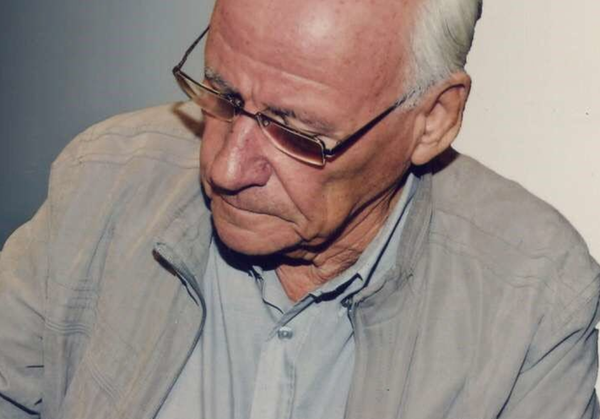
Today’s PCE deflator report was in line with market expectations but was sufficiently high to support the market’s current thesis that the Fed will keep interest rates higher-for-longer. The PCE deflator is the Fed’s preferred inflation measure.
The market this week reduced the chances for a Fed hike in December, but opened up the chances of a Fed rate hike in January. Today’s PCE deflator report had little impact on Fed expectations but supported the overall idea that the Fed might not be done raising interest rates and that the Fed could raise rates as late as January.
Today’s U.S. Sep PCE deflator report of +0.4% m/m was slightly higher than expectations of +0.3%, but the year-on-year figure of +3.4% was in line with market expectations. The Sep core PCE deflator report of +0.3% m/m and +3.7% y/y was in line with market expectations.
There was some mildly good news in the report in that the core PCE deflator in September eased to a 2-1/4 year low of +3.7% y/y from +3.8% in August and +4.3% in July, but the bad news was that an inflation rate of +3.7% is still far above the Fed’s inflation target of +2%.
Also on the negative side, the headline Sep PCE deflator remained unchanged at +3.4% y/y for the third straight month, which was higher than June’s 2-1/2 year low of +3.2% y/y and also remained far above the Fed’s 2% inflation target.
The Fed currently has no room to move to a neutral policy bias and must stick to its current bias towards further rate hikes due to high inflation and continued strong U.S. GDP growth. U.S. Q3 GDP was reported earlier this week at a sizzling +4.9% (q/q annualized). While Q3 GDP was boosted by temporary factors, the Fed must nevertheless wait for the U.S. economy and inflation to actually ease before it can even think about dropping its tightening bias.
The markets are discounting a zero chance that the FOMC at its meeting next week will raise interest rates. Fed officials in recent weeks have signaled that they do not favor a rate hike next week largely because of the recent +70 bp rise in the 10-year T-note yield, which has done part of the Fed’s tightening job by pushing mortgage rates, auto loan rates, and longer-term financing rates for corporations higher. The Fed also has doubts about consumer spending going forward due to the restart of student loan payments, higher gasoline prices, sharply higher auto and mortgage rates, the and the possibility of a U.S. government shutdown on November 17.
Nevertheless, there is still the outside possibility for a Fed rate hike in December or January, given that inflation remains high and that the U.S. economy continues to show more strength than expected.
On the date of publication, Rich Asplund did not have (either directly or indirectly) positions in any of the securities mentioned in this article. All information and data in this article is solely for informational purposes. For more information please view the Barchart Disclosure Policy here.






